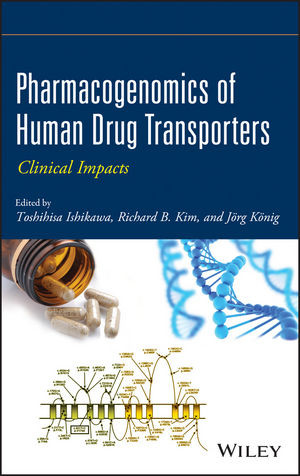Product desciption
Pharmacokinetic Optimization In Drug Research Biological Physicochemical And Computational Strategies Bernard Testa by Bernard Testa, Han Van De Waterbeemd, Gerd Folkers, Richard Guy 9783906390222, 9783906390437, 3906390225, 3906390438 instant download after payment.
In this age of combinatorial chemistry and high-throughput technologies, bioactive compounds called hits are discovered by the thousands. However, the road that leads from hits to lead compounds and then to pharmacokinetically optimized clinical and drug candidates is very long indeed. As a result, the screening, design, and optimization of pharmacokinetic properties has become the bottleneck and a major challenge in drug research. To shorten the time-consuming develop-ment and high rate of attrition of active compounds ultimately doomed by hidden pharmacokinetic defects, drug researchers are coming to incorporate structure-permeation, structure-distribution, structure-metabolism, and structure-toxicity relations into drug-design strategies. To this end, powerful biological, physicochemical, and computational approaches are being developed whose objectives are to increase the clinical relevance of drug design, and to eliminate as soon as possible compounds with unfavorable physicochemical properties and pharmacokinetic profiles. Toxicological issues are also of utmost importance in this paradigm.
There was, hence, an urgent need for a book covering this field in an authoritative, didactic, comprehensive, factual, and conceptual manner. In this work of unique breadth and depth, international authorities and practicing experts from academia and industry present the most modern biological, physicochemical, and computational strategies to optimize gastrointestinal absorption, protein binding and distribution, brain permeation, and metabolic profile. The biological strategies emphasized in the book include cell cultures and high-throughput screens. The physicochemical strategies focus on the determination and interpretation of solubility, lipophilicity, and related molecular properties as factors and predictors of pharmacokinetic bahavior. Particular attention is paid to the lipophilicity profiles of ionized compounds, to lipophilicity measurements in anisotropic media (liposomes/water, IAM columns), and to permeability across artificial membranes. Computational strategies comprise virtual screening, molecular modelling, lipophilicity, and H-bonding fields and their importance for structure-disposition relations.
This book is both about theoretical and technological breakthroughs. Thus, molecular properties are contemplated from a dual perspective, namely a) their interpretation in biological and/or physicochemical terms, and b) their value in screening, lead optimization, and drug-candidate selection.
In addition to its 33 chapters, the book includes a CD-ROM containing the invited lectures, oral communications and posters (in full version) presented at the Second LogP Symposium, 'Lipophilicity in Drug Disposition -- Practical and Computational Approaches to Molecular Properties Related to Drug Permeation, Disposition and Metabolism', held at the University of Lausanne in March 2000. Content:


